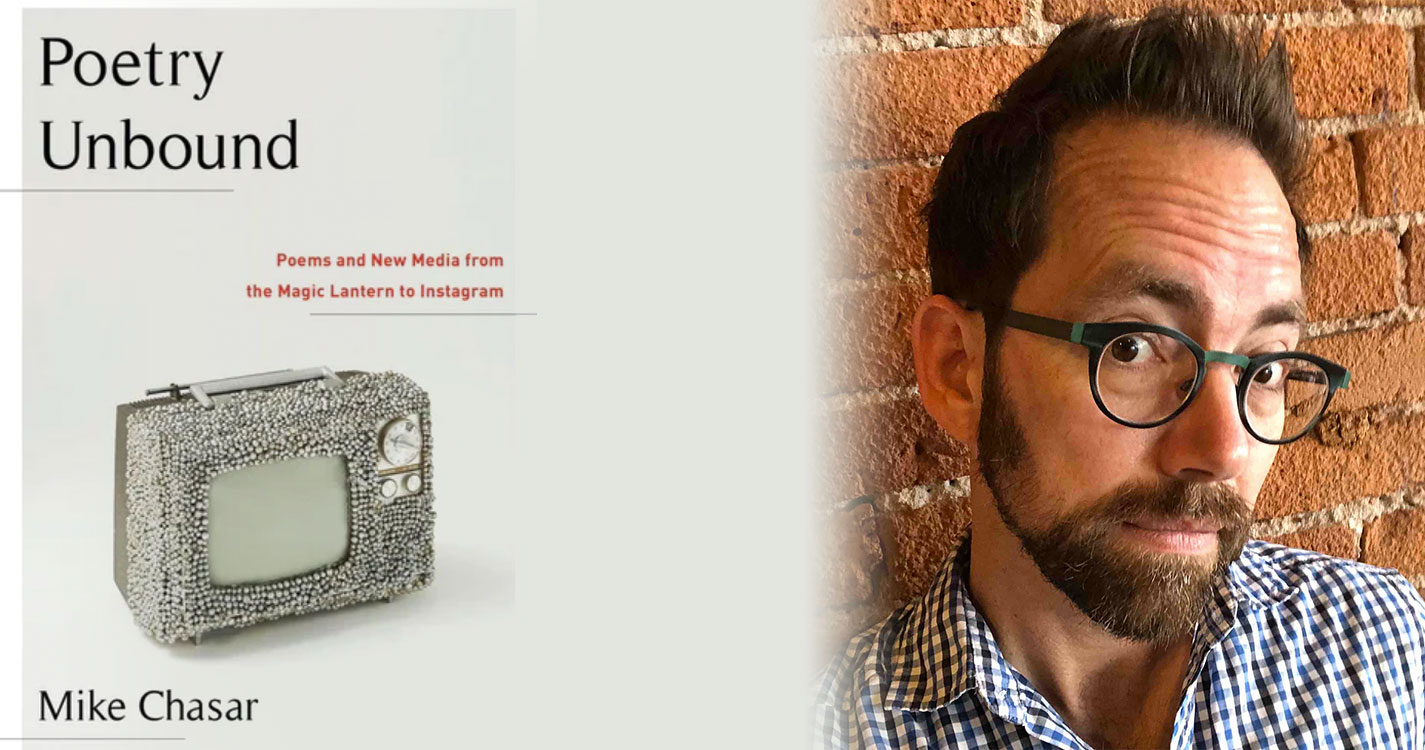Communication by new media consumes much of our lives these days, yet one of the world’s oldest art forms continues to prove its relevance.
At least that’s part of the claim Associate Professor of English Mike Chasar makes in his latest book, “Poetry Unbound: Poems and New Media from the Magic Lantern to Instagram.”
Covering a 150-year timespan, Chasar follows the various forms poetry has taken in silent film, television and online, illuminating the unexpected ways poetry has adapted to and shaped new media technologies.
“There’s a general feeling that nonprint media has somehow damaged the reader’s experience of literature or killed poetry somehow,” he said. “But poetry existed long before the book — it was spoken aloud, it was memorized, it was chanted, it was set to music and appeared on or was used by any number of commercial products you can imagine.”
Chasar’s book — a sequel to “Everyday Reading: Poetry and Popular Culture in Modern America,” published in 2012 — also notes the relationship between poetry, the form by which it’s delivered, and how one shapes the perception of the other. If someone gave you a poem written by hand versus a laser printer, would it have the same effect? Likely not, he said.
“Poetry Unbound” proves the form’s resilience. It has withstood countless cultural changes, consistently found new audiences via seemingly incompatible forms, and legitimized the cultural status of emergent media.
The book is available now.

